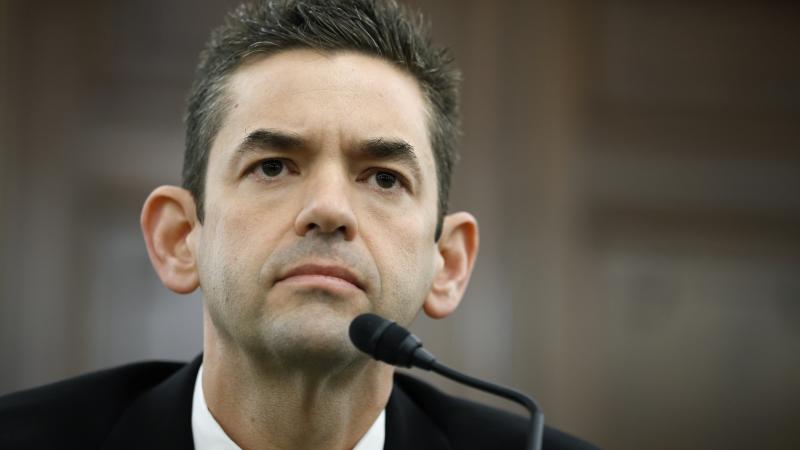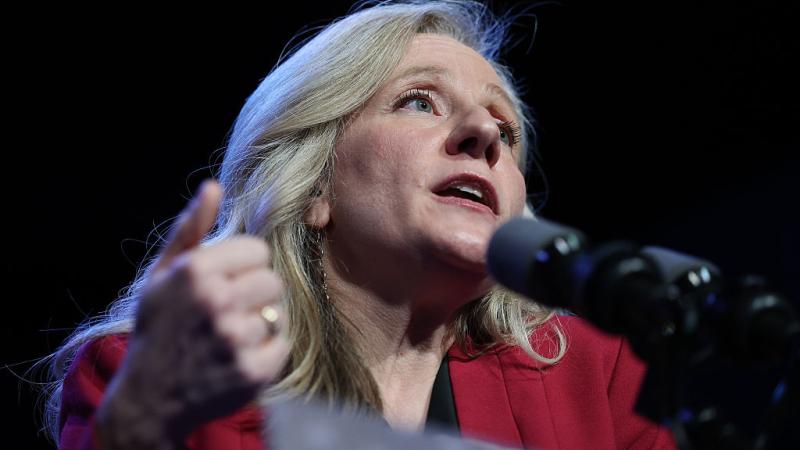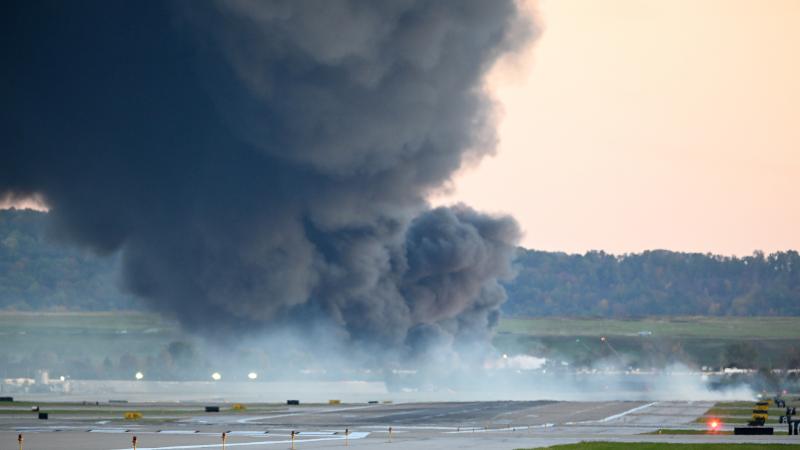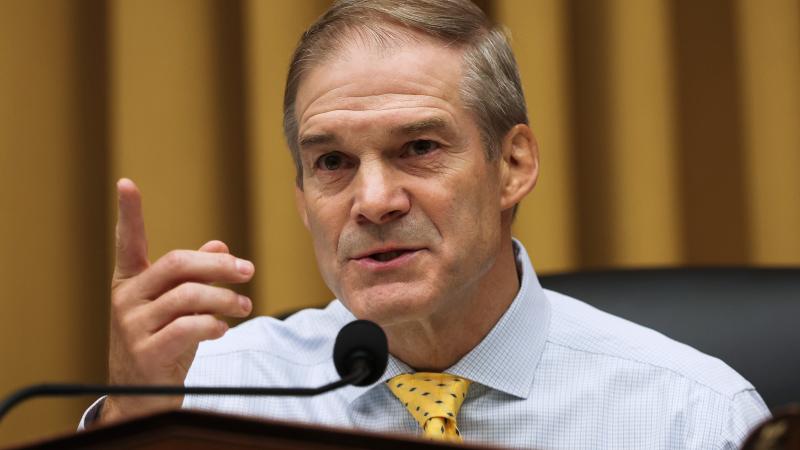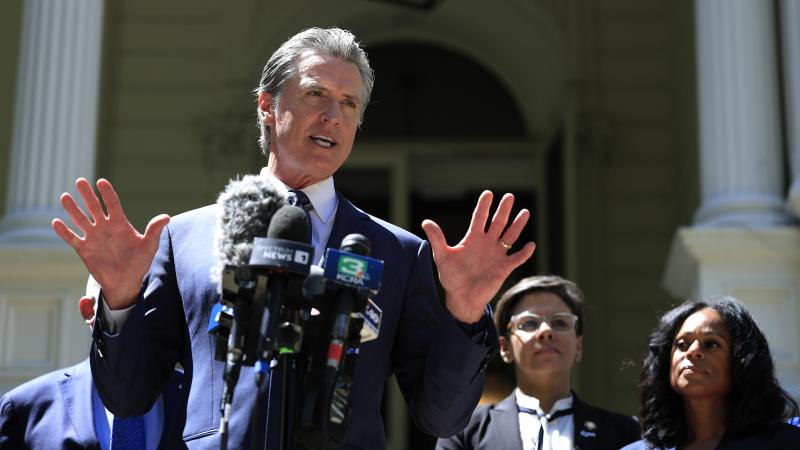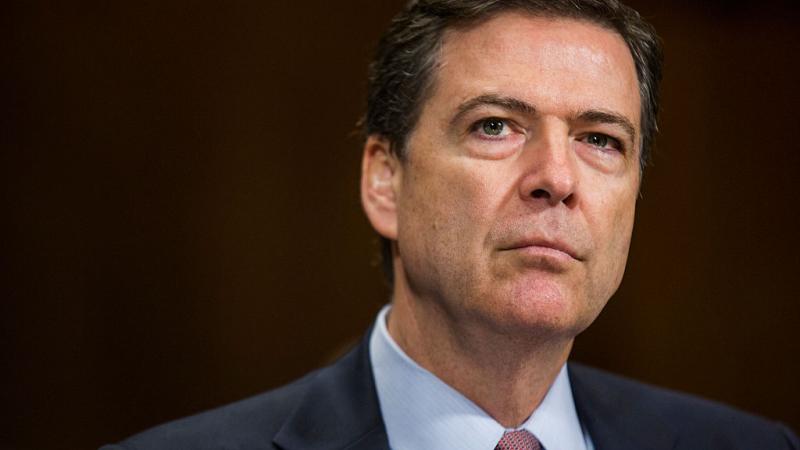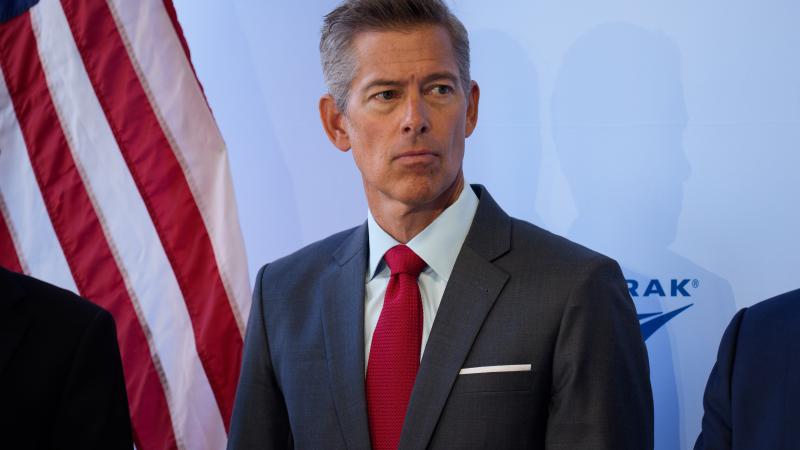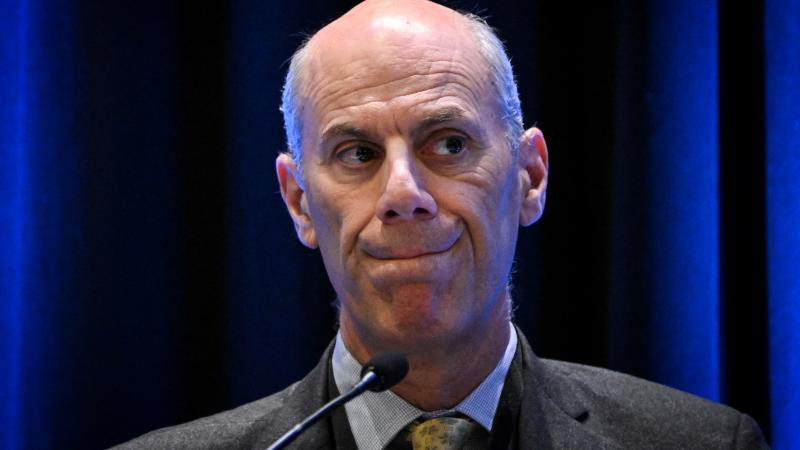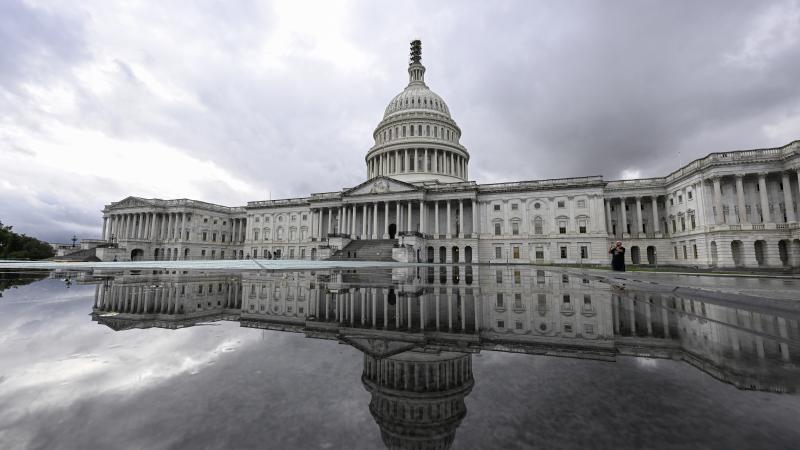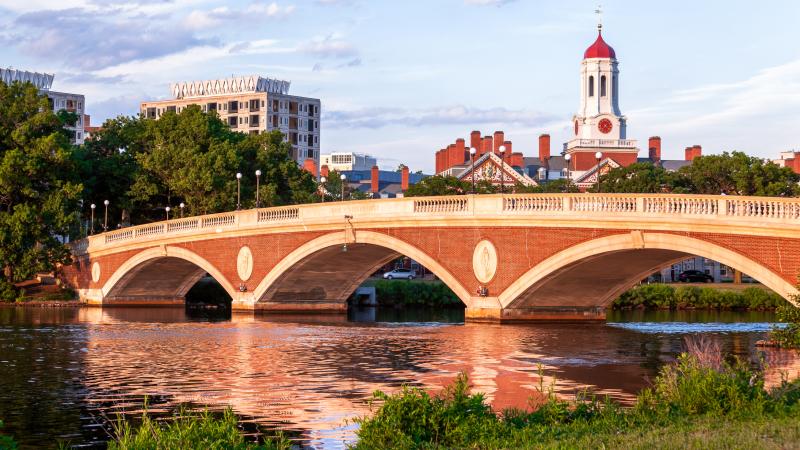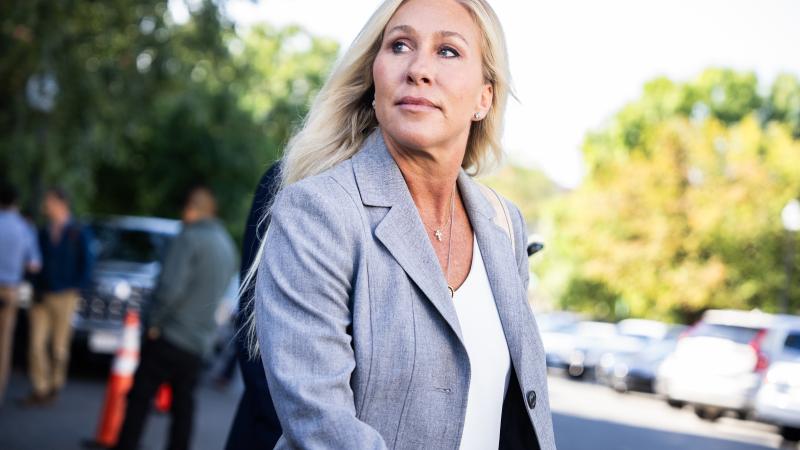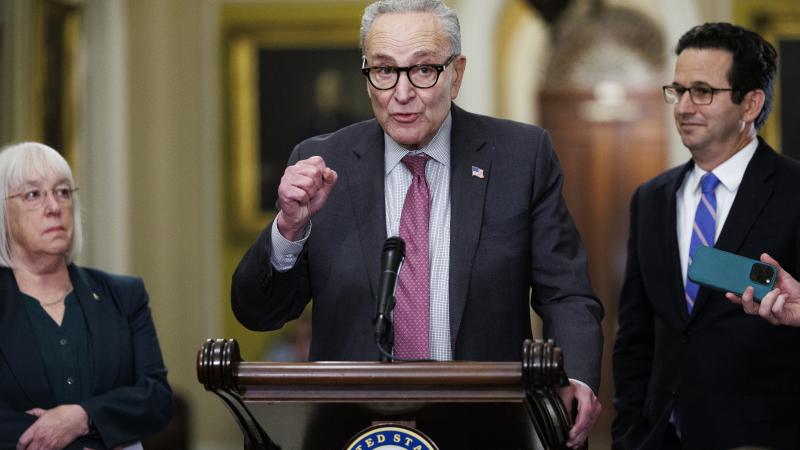Trump policies bringing a 'Blue-Collar' swing to the Republican Party
Nixon's "Silent-Majority" and the rise of "Reagan Democrats" repeating itself: Trump won all seven swing states in the 2024 election, many of which are considered majority-blue collar regions.
Unlike many politicians who make lofty promises to the middle class while campaigning, then abandoning those promises once in office, President Donald Trump has prioritized keeping promises he made to "Blue Collar" Americans, and has borne fruit evidenced by wage growth, polling, and assistance to Americans seeking well-paying trade jobs.
The One Big Beautiful Bill, championed by Trump, contains dozens of initiatives aimed at boosting the middle-class and blue-collar America. Perhaps the most emblematic may be the new expansion of Pell Grant usage. Pell Grants are a federal government subsidy provided to students who need financial assistance to pay for education beyond grade school. The grants used to apply only to four-year colleges and universities.
In turn, data show that the preponderance of these schools provided what are traditionally called "liberal arts" degrees, including the humanities, social and behavioral sciences, and natural sciences. The humanities alone account for 16.3% of federal grant money, while social and behavioral sciences account for another 7%.
Adding vocational training to the mix
However, the One Big Beautiful Bill Act enacted in July, broadens financial support for short-term vocational training programs, allowing low-income students to fund trade certifications. Effective July 1, 2026, students can use these grants for accredited programs spanning eight to 15 weeks, such as training for electricians, plumbers and medical assistants. The Workforce Pell Grant initiative, as it is newly identified in the legislation, seeks to address labor shortages by supporting education for high-demand, well-paying trade careers.
Despite modern stigmas of disesteem towards trade careers, the Department of Labor (DoL) touted how lucrative trade jobs can be. On X, the DoL posted data from CNBC and Apprenticeship.gov which showed that the average salary upon completion of a trade apprenticeship is $11,000 more than with a college degree. Coupled with a smaller amount of debt accrued from tuition and boarding, becoming an electrician, plumber or pipe fitter is becoming more attractive to GenX'ers.
The money helps, too
By way of comparison, graduates who work with their hands after vocational training are far more likely to earn considerably more money.
Industry newsletter Service Titan says that the average salary for an entry-level HVAC technician (0-2 years' experience) nationwide is $54,100. For intermediate experience (2-4 years), it’s $65,700, and for experienced HVAC technicians (4-7 years), it’s $77,200. Zip Recruiter says that an entry-level pipeline welder can expect to earn an average of $71,593 a year, with some entry-level jobs paying as much as $87,500 a year.
By contrast, Payscale.com reports that an entry-level art teacher may — if they can find a job — earn $39,473 a year. Similarly, being an assistant barista — the likely landing spot for most with intellectual but arcane degrees — is, according to Zip Recruiter, a paltry $31,267 a year.
As blue-collar wages rise, so do traditional American values and party identification
Voter data also shows that as working-class wages rise, party registration is shifting to the right. The Democratic Party is grappling with a nationwide decline in voter registration, losing 2.1 million registered voters to Republicans across 30 states that track party affiliation from 2020 to 2024, according to a New York Times report.
The Republican Party has gained 2.4 million voters in the same period, the Times said, shrinking the Democratic advantage from nearly 11 points to just over 6 points. Even more concerning for Democrats: since the 2024 election, the trend has continued, with Democrats shedding an additional 160,000 voters while Republicans added 200,000, raising alarms about the party's electoral prospects in 2028.
"It's unusual for a political party to keep gaining ground after winning the White House. Usually, the high watermark is reached around inauguration day. If these trends continue, it could be the start of a lasting political realignment," prominent pollster Scott Rasmussen told Just the News.
During the initial five months of Trump's second term, blue-collar workers saw real wages rise by nearly 2%, the most significant increase for hourly employees in almost six decades, according to a White House statement released in June.
Data from the Bureau of Labor Statistics, cited by the New York Post, shows average hourly earnings climbing 1.7% to $31.18 from $30.67, suggesting a potential annual growth rate of 4.1%, perhaps fueled by low inflation and policies promoting manufacturing and virtually eliminating illegal immigration.
The closest comparable wage growth in a president's first term was a 0.8% increase under President Richard Nixon in 1969.
